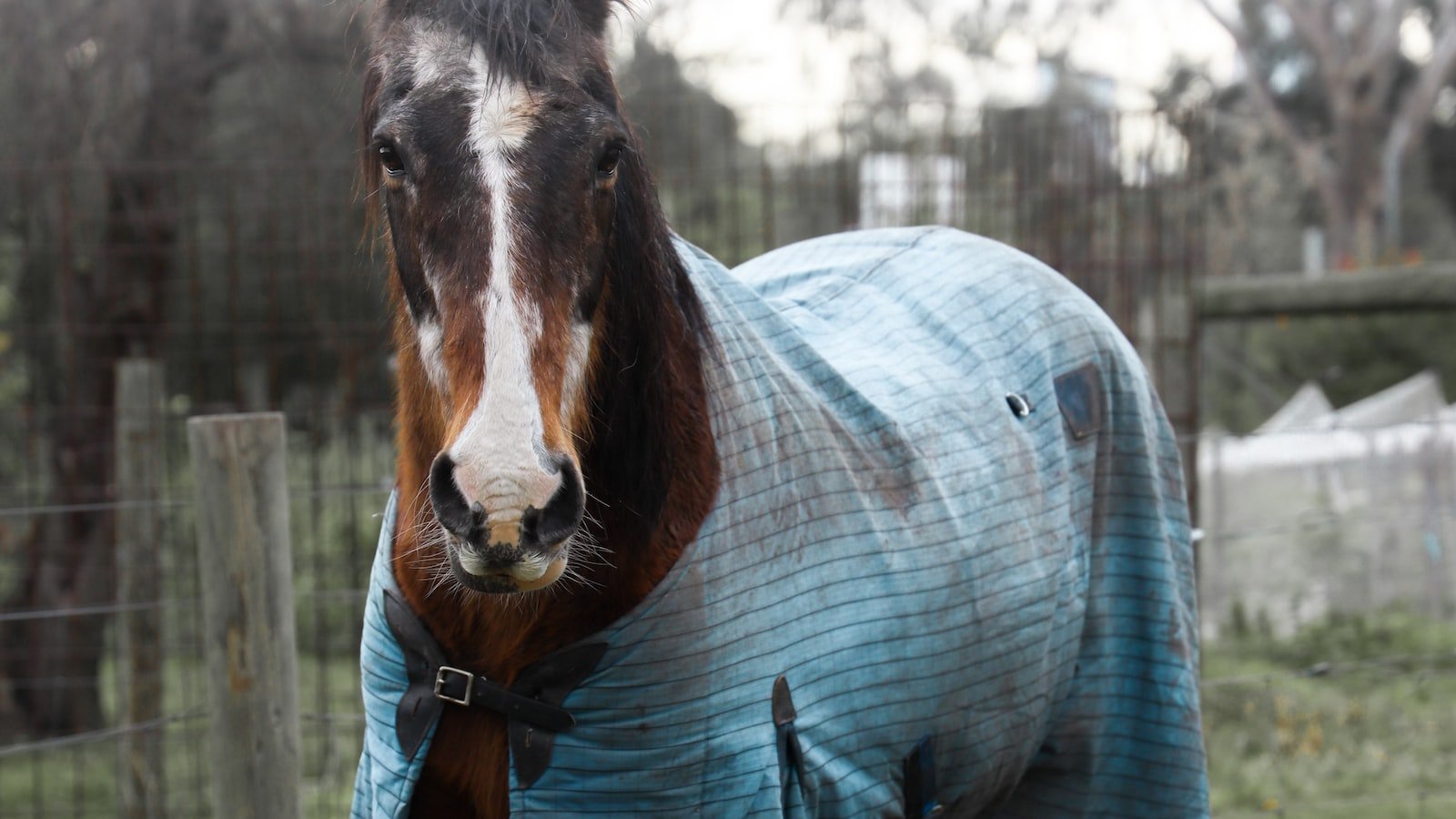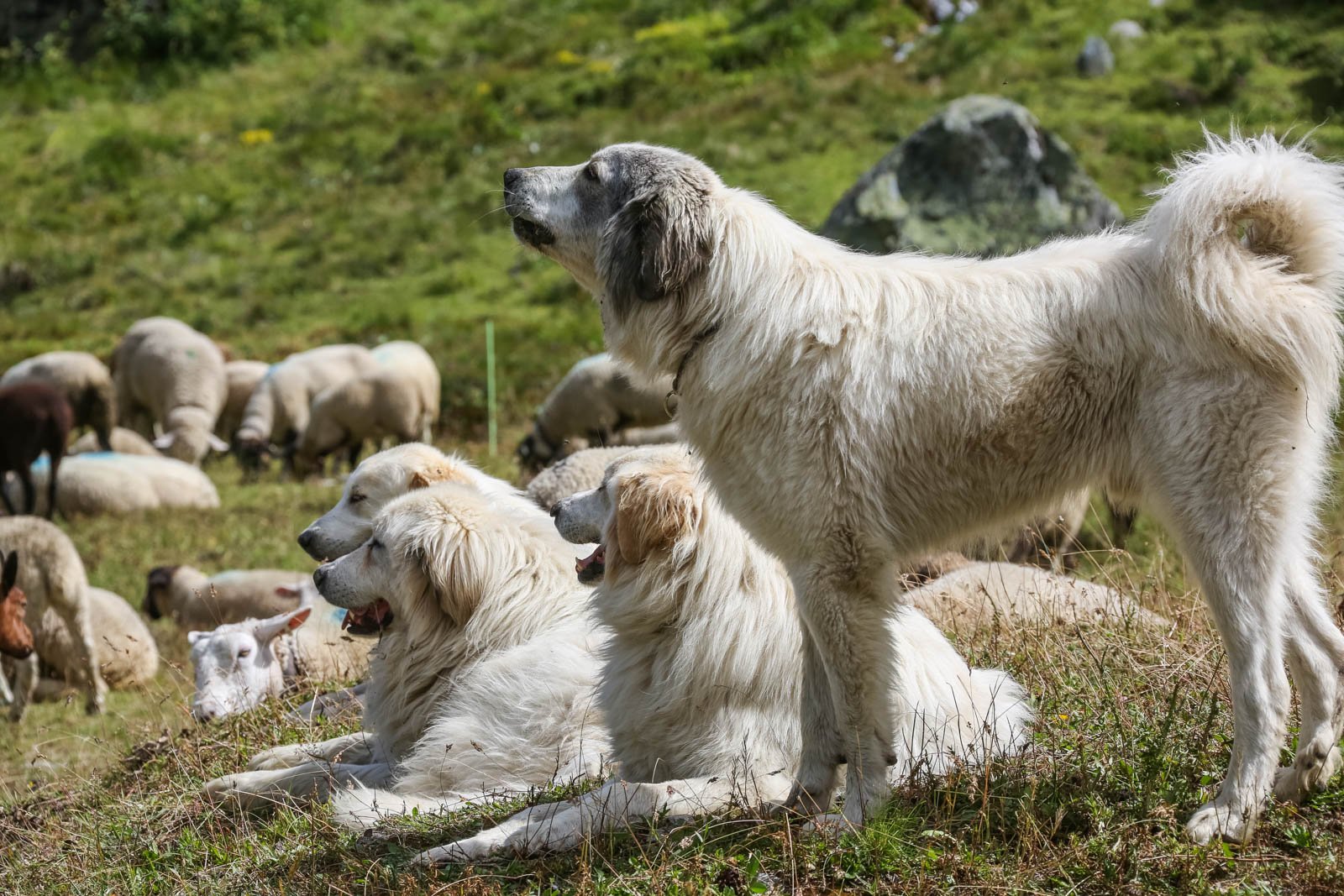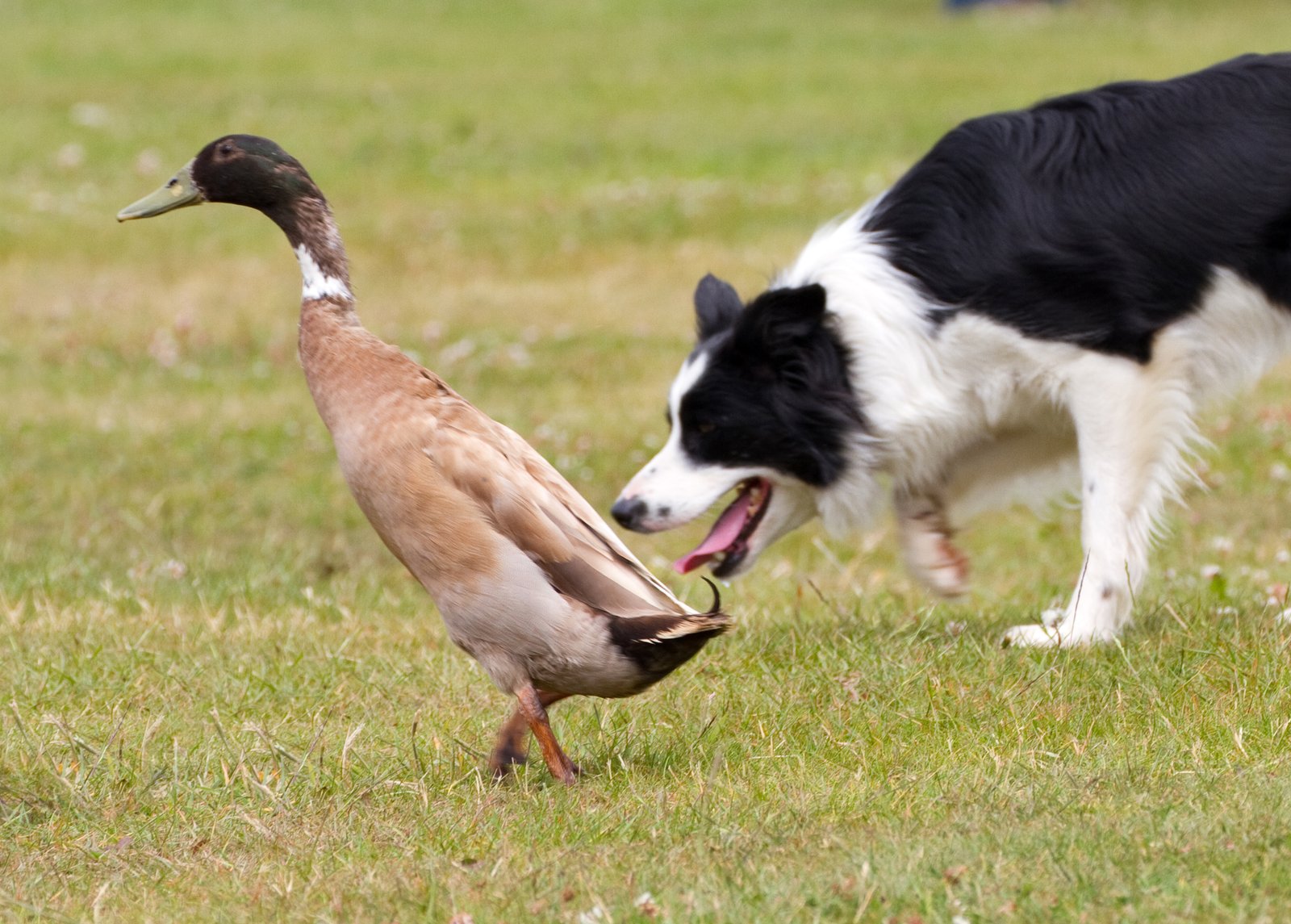The vast open fields stretch out before you, an ocean of green where a silent rhythm of hoofbeats echoes. The sun gleams overhead, casting dancing shadows as a flock of sheep meanders aimlessly. Your heart yearns to guide them, to harness their innate herding instincts. Yet, to truly master the art of dog training for herding, you must tread a delicate path, balancing the raw power of instinct with the precise art of control. In this enchanting journey of understanding, we delve into the depths of canine intuition, exploring the harmonious bond between handler and herder. Let us embark together on a quest to unravel the secrets of this ancient discipline and unveil the timeless dance of instinct and control.
Table of Contents
- Understanding the Herding Instinct in Dogs
- Targeting and Channeling the Instinct: Training Techniques for Herding Dogs
- Developing Control and Precision: Advanced Techniques for Herding Dogs
- Training Tips for Successfully Navigating Herding Trials
- Common Challenges in Herding Training: Solutions and Management Strategies
- Q&A
- Future Outlook

Understanding the Herding Instinct in Dogs
Dogs have been bred for specific purposes throughout history, and one of the most fascinating instincts they possess is the herding instinct. This innate behavior, deeply ingrained in certain breeds, can manifest in various ways and is a testament to the diverse functionality of our four-legged companions. Understanding the herding instinct not only sheds light on their behavior but also helps us appreciate the incredible skills and intelligence that dogs possess.
The herding instinct is most commonly observed in breeds such as Border Collies, Australian Shepherds, and Corgis, to name a few. These dogs were selectively bred for generations to assist humans in managing livestock and moving them from one location to another. Consequently, their genes carry the inherent ability to control, guide, and gather animals. To understand this instinct, it is crucial to recognize the typical behaviors associated with herding dogs.
- Circling and eyeing: Herding dogs often exhibit a circular movement pattern around animals, commonly known as “circling.” This behavior, coupled with their intense gaze, helps them establish control over the livestock while visually communicating their intentions.
- Nipping and nudging: In their efforts to herd, dogs may use their mouths, employing gentle nips or nudges to steer the animals in a specific direction. This behavior is instinctual and not meant to harm but rather to guide.
- Chasing: Dogs with a strong herding instinct may display a tendency to chase anything that moves, including cars, bikes, or even small children. This chasing behavior stems from their natural predisposition to maintain order and keep animals within boundaries.
enhances our appreciation for their breed-specific traits and enables us to provide them with suitable outlets for their natural instincts. Engaging herding dogs in activities that allow them to use their skills, such as agility training or participating in herding trials, promote overall mental and physical well-being. By acknowledging and respecting their instincts, we can further strengthen the bond between humans and these remarkable animals.

Targeting and Channeling the Instinct: Training Techniques for Herding Dogs
When it comes to training herding dogs, understanding their natural instincts is crucial. These intelligent and capable breeds possess an innate desire to gather, drive, and control livestock. By harnessing and redirecting their natural instincts, we can develop highly skilled herding dogs that excel in their work. Here are some effective techniques to target and channel their instinct:
1. Positive reinforcement: Herding dogs thrive on praise and rewards. Utilize positive reinforcement techniques such as treats, verbal praise, and playtime to reinforce desirable behaviors. Remember to be consistent in your rewards to reinforce the desired outcome consistently.
2. Boundaries and boundaries: Establishing clear boundaries is crucial for herding dogs to understand their roles and limitations. Use physical boundaries such as fences, gates, or designated areas to define the working area. You can also incorporate verbal cues and signals to guide their actions and indicate when to start or stop herding.
3. Mock exercises: Simulating herding scenarios can be immensely beneficial for training herding dogs. Set up mock exercises where you introduce controlled situations that mimic real working environments. This allows the dog to practice their herding skills while under your guidance. Gradually increase the complexity of the exercises as they become more proficient.
Mastering the art of training herding dogs requires patience, consistency, and a deep understanding of their instinctual drives. By employing these techniques, you can help your herding dog reach their full potential while developing a strong bond based on trust and collaboration.

Developing Control and Precision: Advanced Techniques for Herding Dogs
Advanced Techniques for Herding Dogs
When it comes to herding dogs, control and precision are essential skills that can take their abilities to the next level. Whether you have a Border Collie, Australian Shepherd, or any other herding breed, honing their skills through advanced techniques is key to maximizing their potential. Here, we explore some innovative methods that will help you develop your dog’s control and precision on the field.
1. Target Training:
- Teaching your dog to target is a fundamental skill that enhances their control and precision during herding tasks. Start by introducing a target stick or a specific object for your dog to touch with their nose or paw. Reward them with treats and praise when they successfully touch the target. Gradually, you can use the target to guide their movements and refine their positioning.
- Another variation of target training is using cones or markers to create a designated path for your dog to follow. This exercise helps them practice maintaining a steady pace and staying on track while herding livestock.
2. Advanced Whistle Commands:
- Whistle commands are highly effective for communicating with herding dogs, allowing you to direct them over long distances without shouting. Introduce a distinct set of whistle cues for different tasks such as ”stop,” “come-by,” “away,” or ”steady.”
- Practice these commands consistently during training sessions. Gradually increase the complexity by incorporating them into real-life herding scenarios. Remember, the tone and pitch of the whistle can convey different meanings, so it’s crucial to establish clear associations and ensure your dog understands each command.
3. Introduction to Advanced Herding Obstacles:
- Introducing advanced obstacles like tunnels, gates, and bridges can further enhance your dog’s precision and problem-solving skills during herding exercises.
- Start by familiarizing your dog with each obstacle individually, using treats and positive reinforcement to associate them with positive experiences. As they become more comfortable, you can gradually combine multiple obstacles to create challenging courses.
- This approach not only helps improve your dog’s physical coordination but also sharpens their ability to make decisions and navigate obstacles while maintaining control over the livestock.
By incorporating these advanced techniques into your herding dog’s training regimen, you’ll be amazed at their increased control and precision. Remember, consistency, patience, and positive reinforcement are crucial elements for success. With dedication and practice, you’ll witness your dog’s skills soar to new heights, making them an invaluable asset in any herding situation.

Training Tips for Successfully Navigating Herding Trials
Preparing for herding trials requires a combination of training and skill. Here are some valuable tips to help you navigate the challenges and achieve success:
- Establish a strong bond: Building a strong relationship with your dog is crucial. Spend quality time together, engaging in activities that develop trust and communication. A solid bond will enhance your ability to work as a team during the trials.
- Master the basic commands: Before delving into herding-specific training, ensure that your dog has a solid foundation in basic commands such as sit, stay, and recall. These commands are building blocks for more complex tasks and will help maintain control in the field.
- Focus on obedience: Obedience training is vital for successful herding trials. Train your dog to respond promptly to your commands, regardless of distractions. Reinforce good behavior with positive reinforcement techniques like treats or praise.
- Expose your dog to different situations: Herding trials can present various scenarios, so it’s essential to expose your dog to different environments, livestock, and obstacles. Gradually introduce them to various elements to build their confidence and adaptability.
- Practice trial-like simulations: Set up simulated herding trials and practice with your dog. This will give you both an opportunity to familiarize yourselves with the course, refine techniques, and work on timing and precision.
Remember, herding trials require patience, consistency, and a deep understanding of your dog’s capabilities. With proper training and preparation, you and your four-legged partner can excel in the thrilling world of herding competitions!
Common Challenges in Herding Training: Solutions and Management Strategies
Training a herding dog can be a rewarding experience, but it also comes with its fair share of challenges. Here are some of the common hurdles faced by herding dog owners and the strategies to overcome them:
- Lack of Focus: One of the main challenges in herding training is getting your dog to stay focused on the task at hand. A solution to this is incorporating short training sessions several times a day rather than one long session. This helps to maintain your dog’s interest and prevent them from getting bored or distracted.
- Overexcitement: Herding dogs are naturally energetic and can become overly excited during training, leading to impulsive behaviors. To manage this challenge, consider incorporating calming exercises, such as practicing a “down-stay” command or teaching your dog to settle before starting a herding session. Teaching impulse control and rewarding calm behavior can help your dog maintain a level head during training.
- Off-Leash Challenges: Training a dog to work off-leash poses its own set of challenges. Building a strong recall command is crucial in herding training. Take gradual steps, starting in a controlled environment, and gradually increase distractions. Use positive reinforcement and rewards when your dog responds to the recall command successfully.
Remember, every dog is unique, and training methods may vary depending on your dog’s temperament and drive. Be patient, consistent, and always end each training session on a positive note. With time and dedication, you’ll overcome these challenges and develop a strong herding partnership with your canine companion.
Q&A
How do dogs inherit the instinct to herd?
Dogs inherit their instinct to herd through their genetic makeup. Certain breeds, such as Border Collies and Australian Shepherds, have a strong herding instinct due to generations of selective breeding for these traits.
What are some common herding behaviors exhibited by dogs?
Common herding behaviors include chasing, circling, and barking at livestock or other animals. Dogs may also use their body language, such as crouching or giving intense stares, to move the animals in a desired direction.
Is herding instinct enough to train a dog for herding purposes?
While herding instinct is a crucial foundation, it alone is not enough to train a dog for herding purposes. Training and control are essential to refine the instinct and direct the dog’s behavior in a safe and effective manner.
What are some basic commands used in herding training?
Basic commands used in herding training include “lie down,” “come by,” “away to me,” and “steady.” These commands enable the handler to coordinate the dog’s movement, position, and pacing during herding activities.
Can any dog be trained for herding?
Most herding breeds have a natural predisposition to excel in herding tasks. However, not all dogs possess the required level of instinct or the temperament suitable for herding. It’s important to consult with a professional trainer experienced in herding to assess a dog’s potential.
What role does the handler play in herding training?
The handler plays a vital role in herding training by providing clear instructions, maintaining control, and building a strong bond with the dog. The handler’s understanding of the dog’s instinct and ability to communicate effectively greatly influences the success of the training.
How long does it typically take to train a dog for herding?
The time required to train a dog for herding can vary based on various factors, including the dog’s age, previous training experience, and natural aptitude for herding. On average, it may take several months to a year of consistent training to develop the necessary skills and control.
Are there any risks involved in herding training?
Yes, there are risks involved in herding training. Dogs may get injured if they engage in confrontations with livestock or other animals. Additionally, if the dog lacks proper control or understanding of training commands, it may become stressed or confused during herding activities.
Can herding training benefit dogs that don’t have livestock to manage?
Herding training can still benefit dogs that don’t have livestock to manage. It provides mental stimulation, physical exercise, and an outlet for their natural instincts. Many handlers participate in herding trials or use substitute training aids like balls or cones to simulate herding tasks.
Future Outlook
As we part ways from the enthralling world of dog training for herding, we bid adieu to the many enchanting tales of instinct and control. With each turn of the page, we have delved into the captivating partnership between human and canine, bound by the ancient art of herding.
This fascinating journey has unveiled the innate instincts buried deep within our four-legged companions, taking us through rolling pastures and rugged landscapes where their ancestral roots reside. We have witnessed the remarkable transformation of a domesticated pup into a skilled herder, guided by the delicate balance of instinct and control.
The harmonious symphony of commands and cues, deftly woven together to orchestrate the movement of livestock, has left us awestruck. From the subtle flick of a shepherd’s wrist to the resolute gaze exchanged between human and dog, every action bears testament to the profound bond forged through years of collaboration.
Yet, amidst the awe-inspiring beauty of herding, we have encountered the darker shades of this ancient practice. The pressing need for education and awareness has come into sharp focus, as we strive to address the ethical considerations surrounding the treatment of these canine prodigies.
In the end, let us take solace in the notion that dog training for herding is not merely an ancient craft, but an ever-evolving discipline. It is an amalgamation of tradition and innovation, where respect for the animal’s primal instincts coalesces with tempered guidance.
As we bid our farewells, let us not forget the honorable shepherds, whose knowledge and passion serve as the compass for this intricate dance. They are the guardians of a delicate equilibrium, ensuring that instinct and control harmoniously coexist in the pursuit of an age-old art form.
We depart from this extraordinary exploration, carrying with us an indelible appreciation for the intricate tapestry woven by human and canine collaboration. May the tales of herding continue to unfold, reminding us of the wonders that can be achieved when humans and animals unite in pursuit of a common endeavor.
As an affiliate, my content may feature links to products I personally use and recommend. By taking action, like subscribing or making a purchase, you’ll be supporting my work and fueling my taco cravings at the same time. Win-win, right?
Want to read more? Check out our Affiliate Disclosure page.